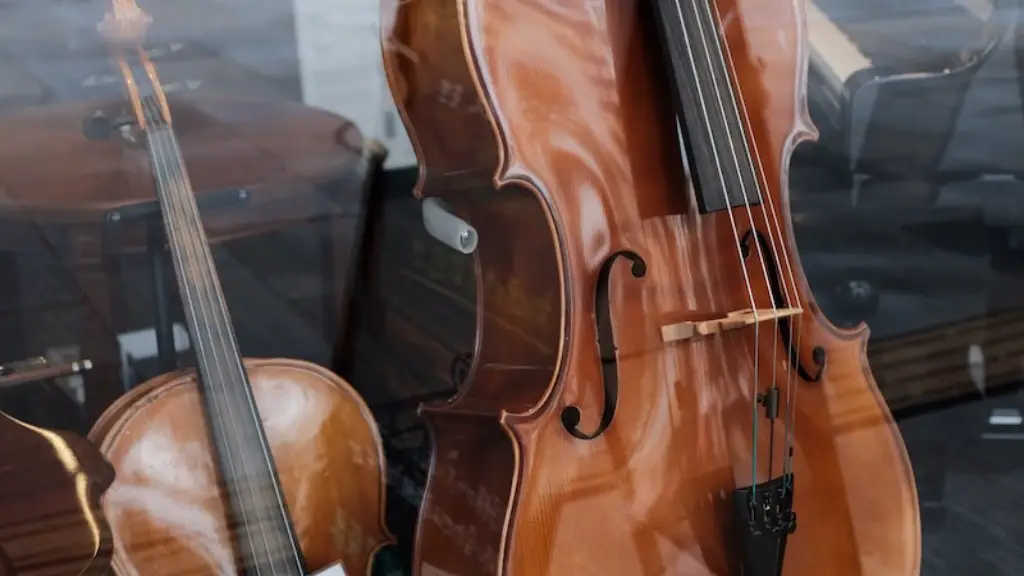

Simple fractions can sound more harmonious than complex fractions for instance, an octave is a simple 2:1 ratio and a fifth is the relatively simple 3:2 ratio. Musical tuning of intervals is expressed by the ratio between the pitches' frequencies. The use of triads only available in the minor mode, such as the use of A ♭-major in C major, is relatively decorative chromaticism, considered to add color and weaken the sense of key without entirely destroying or losing it. Transposition is done by moving all intervals up or down a certain constant interval, and does change the key but not the mode, which requires the alteration of intervals. This is in contrast with, for instance, transposition. Ĭhanges of mode, which involve the alteration of the third, and mode mixture are often analyzed as minor changes unless structurally supported because the root and overall key and tonality remain unchanged. Harry Partch considers minor as, "the immutable faculty of ratios, which in turn represent an immutable faculty of the human ear." The minor key and scale are also considered less justifiable than the major, with Paul Hindemith calling it a "clouding" of major, and Moritz Hauptmann calling it a "falsehood of the major". Minor keys are sometimes said to have a more interesting, possibly darker sound than plain major scales. " This alteration in the third degree "greatly changes" the mood of the music, and "music based on minor scales tends to" be considered to "sound serious or melancholic," at least to contemporary Western ears. Major and minor keys are based on the corresponding scales, and the tonic triad of those keys consist of the corresponding chords however, a major key can encompass minor chords based on other roots, and vice versa.Īs musicologist Roger Kamien explains, "the crucial difference is that in the minor scale there is only a half step between '2nd and 3rd note' and between '5th and 6th note' as compared to the major scales where the difference between '3rd and 4th note' and between '7th and 8th note' is. The hallmark that distinguishes major keys from minor is whether the third scale degree is major or minor. In a minor triad or minor seventh chord, the third is a minor third above the root. Similarly, in a major triad or major seventh chord, the third is a major third above the chord's root.In a minor scale, the third degree is a minor third above the tonic. A major scale is a scale in which the third scale degree (the mediant) is a major third above the tonic note.

Major and minor may also refer to scales and chords that contain a major third or a minor third, respectively. Major and minor third in a major chord: major third 'M' on bottom, minor third 'm' on top In Western music, a minor chord "sounds darker than a major chord". Unisons, fourths, fifths, and octaves and their compound interval must be perfect (or, rarely, diminished or augmented). Only the intervals of a second, third, sixth, and seventh (and the compound intervals based on them) may be major or minor (or, rarely, diminished or augmented). The words perfect, diminished, and augmented are also used to describe the quality of an interval. Chords and scales are described as major or minor when they contain the corresponding intervals, usually major or minor thirds.Ī major interval is one semitone larger than a minor interval. The words derive from Latin words meaning "large" and "small," and were originally applied to the intervals between notes, which may be larger or smaller depending on how many semitones (half-steps) they contain. A composition, movement, section, or phrase may also be referred to by its key, including whether that key is major or minor. In Western music, the adjectives major and minor may describe an interval, chord, scale, or key. For the academic disciplines, see Academic major and Academic minor. This article is about the musical concept.


 0 kommentar(er)
0 kommentar(er)
